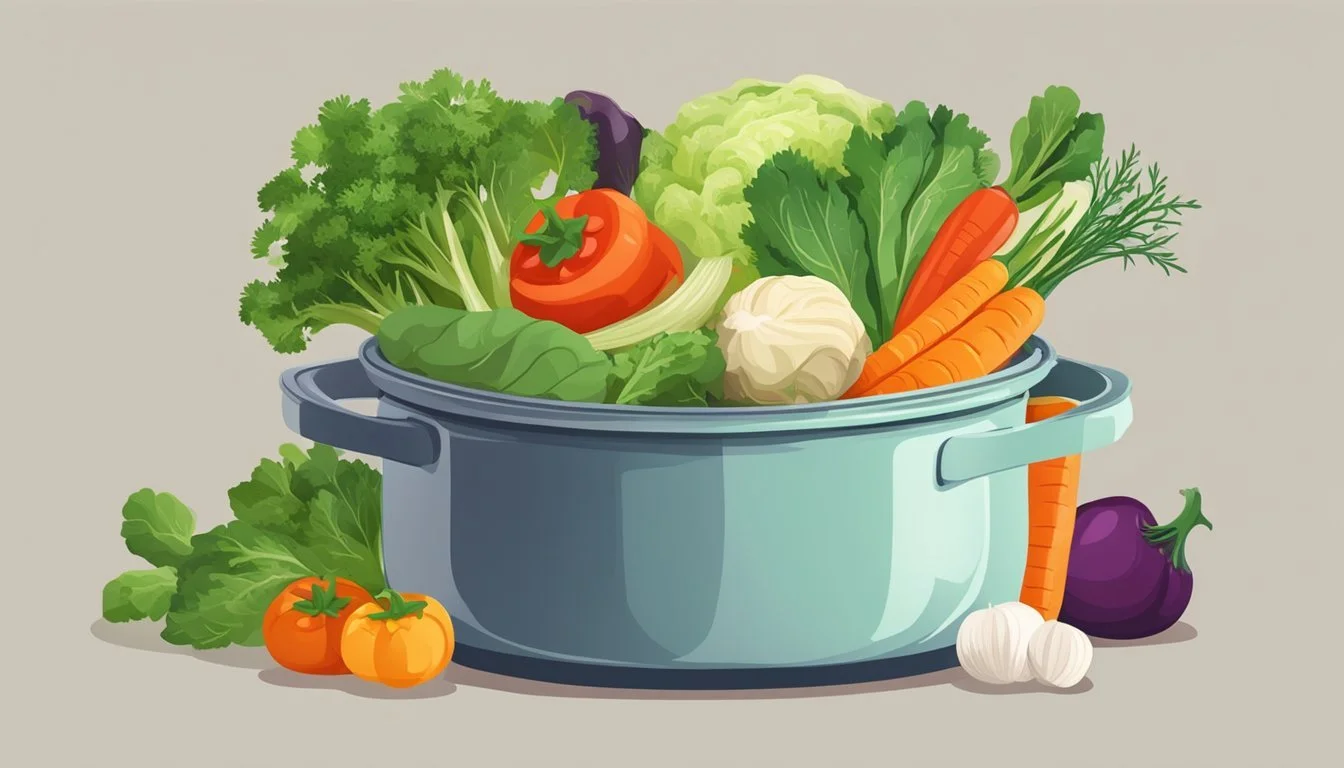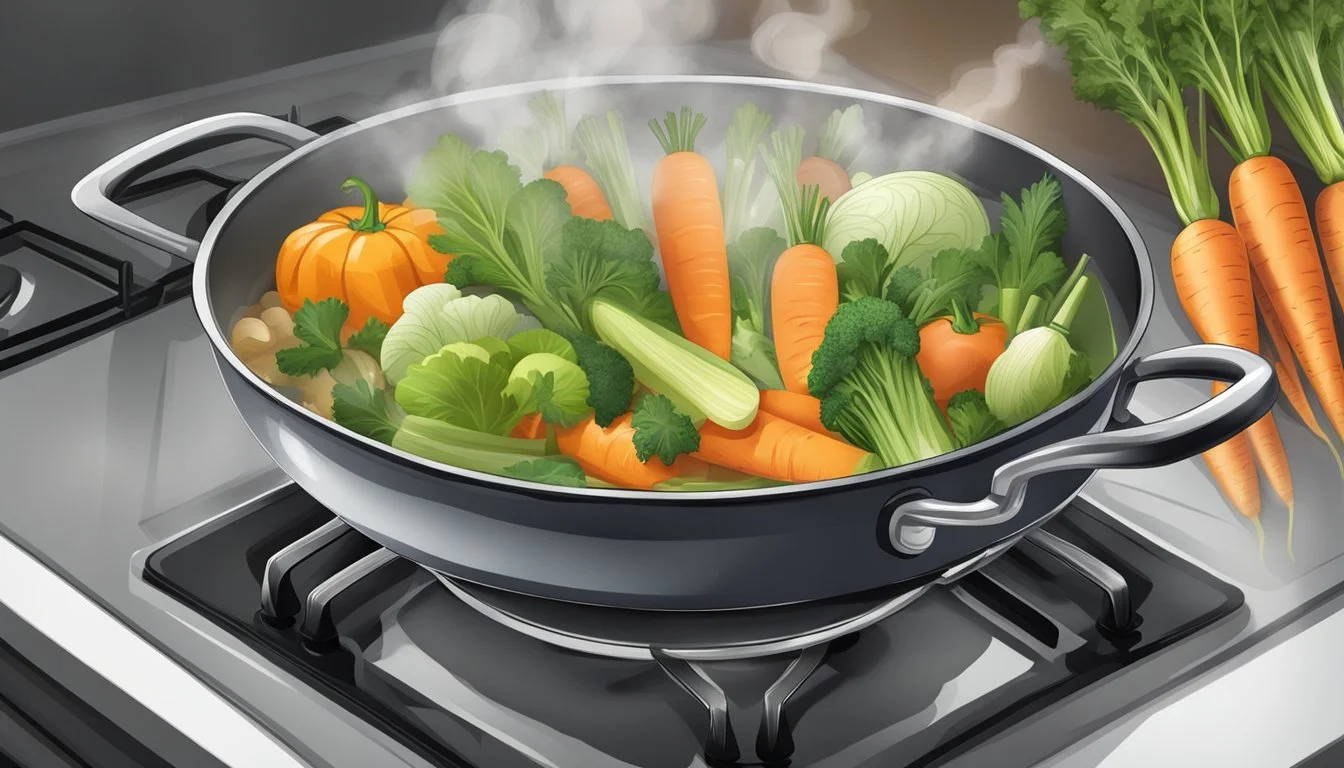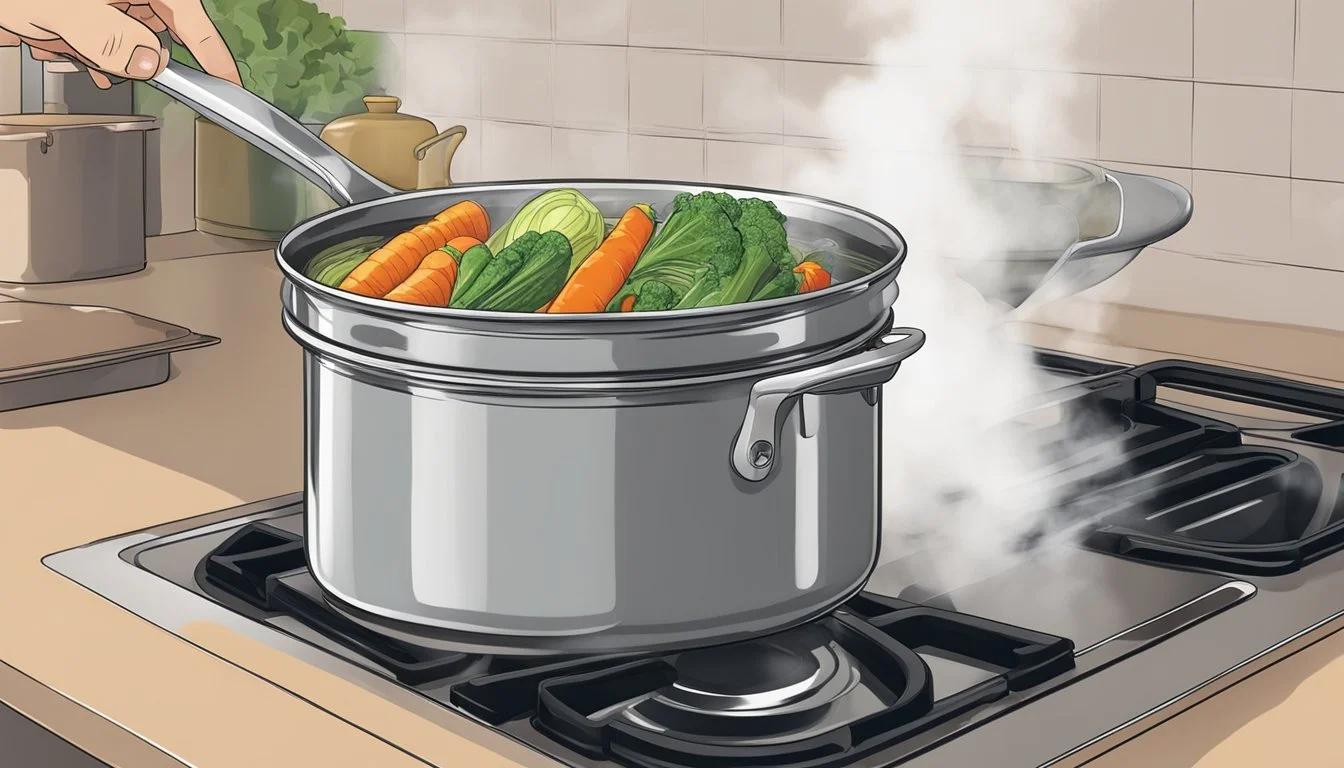Does Vegetable Stock Spoil?
Signs and Storage Tips
Vegetable stock, a staple for many kitchens, offers a great way to enhance flavors in various dishes. Like many perishable foods, vegetable stock can indeed spoil if not stored properly. Understanding how long it lasts and the best storage practices is crucial for maintaining food safety.
Once opened, store-bought vegetable stock typically maintains its quality for about 4 to 5 days in the refrigerator. Homemade vegetable stock has a similar shelf life, provided it is cooled and stored correctly. Unopened commercial vegetable stock, if undamaged and showing no signs of spoilage, can last much longer, sometimes beyond its printed expiration date.
Recognizing the signs of spoilage is important for ensuring the stock's safety. Cloudiness, off-odors, or unusual tastes are indicators that the stock should be discarded. Proper storage in the refrigerator or freezer can help prolong the life of your vegetable stock, minimizing waste and ensuring your dishes are both delicious and safe.
Understanding Vegetable Stock
Vegetable stock is a versatile and flavorful liquid used as a base for various dishes. Its composition and benefits are crucial for those who seek vegan or vegetarian options in their cooking.
Composition of Vegetable Stock
Vegetable stock typically consists of water, vegetables, and herbs. The core vegetables often include onion, carrot, and celery. These are sometimes known as aromatics for their ability to imbue the stock with a rich base flavor.
Additional ingredients may include garlic, parsley, and thyme, enhancing the depth and complexity.
The vegetables are usually simmered in water, allowing the flavors to meld together. No trimmings or peels are required, simplifying the preparation process.
Benefits of Using Vegetable Stock
Vegetable stock is beneficial for several reasons. Its use in soups, stews, and recipes adds a robust depth of flavor without the need for animal products, making it ideal for those following a vegan or vegetarian diet.
Furthermore, it offers a healthier option as it is low in sodium and free from additives often found in packaged stocks.
Its versatility makes it a staple in many kitchens. It can be used not only as a base for soups and stews but also to deglaze pans, cook grains, or add moisture and flavor to various dishes.
Proper Storage Methods
Vegetable stock can be preserved effectively by following specific storage guidelines. Utilizing refrigeration and freezing, as well as proper pantry and counter storage, can significantly extend its shelf life and maintain its quality.
Refrigeration and Freezing Options
Refrigerating vegetable stock involves storing it in airtight containers to prevent contamination and odor absorption. The fridge temperature should be maintained at 35-38 degrees Fahrenheit (2-3 degrees Celsius). Under these conditions, vegetable stock can last about 4-5 days. For longer preservation, freezing is the best option.
To freeze, portion the stock into airtight containers or freezer-safe bags, leaving some space for expansion. Frozen vegetable stock can last up to six months without losing flavor. Label each container with the date to keep track of its storage duration. Tip: Ice cube trays can be used to freeze small portions, which are convenient for later use.
Pantry and Counter Storage
Vegetable stock should not be stored in the pantry or on the counter for extended periods. However, if it must be kept out for a short time, ensure it is in a cool, dark place away from direct sunlight and heat sources. The temperature should not exceed room temperature (68-72 degrees Fahrenheit or 20-22 degrees Celsius).
Transferring cooled stock to sealed containers will offer some protection, but it is crucial to move it to the fridge or freezer as soon as possible to prevent spoilage. Remember that this method is only a temporary solution and not suitable for long-term storage.
Extending Shelf Life
Extending the shelf life of vegetable stock revolves around maintaining optimal storage conditions. Store the stock in airtight containers to preserve freshness and prevent exposure to air and contaminants. For added longevity, transfer the container to the back of the fridge as this area often maintains a more consistent temperature.
Freezing tips: Adding a layer of plastic wrap directly on the stock before sealing with the container lid can help minimize freezer burn. Avoid frequent temperature fluctuations and repositioning the stock to ensure it remains frozen solidly.
By following these proper storage guidelines, you can keep vegetable stock fresh and safe for consumption over an extended period.
Signs of Vegetable Stock Spoilage
Vegetable stock can go bad, and identifying spoilage is crucial for ensuring food safety and quality. Key indicators include visible blemishes, odd odors, and unusual flavors.
Visible Spoilage Indicators
One clear sign of spoilage in vegetable stock is the presence of mold growth. Mold may appear as fuzzy spots on the surface or around the container's edges.
A change in color, especially if the stock turns darker or develops a cloudy appearance, is another sign that it may have spoiled.
Look for any floating particles or sediment that weren't there initially, as this may signal bacterial contamination or other spoilage issues. It's best to discard stock showing these symptoms to avoid potential health risks.
Odor and Flavor Changes
Another critical spoilage indicator is an off odor. Fresh vegetable stock has a light, fresh scent, while spoiled stock often emits a sour, musty, or otherwise unpleasant odor.
Flavor changes can also signal spoilage. If the stock tastes bitter, sour, or otherwise off, it is compromised.
Rancid vegetable oil, used in some stocks, can create an odd flavor when it goes bad. When in doubt, always trust your senses and discard any stock that smells or tastes unusual.
Safe Preparation and Cooking Tips
Proper storage and careful cooking practices are essential to maintain the quality and safety of vegetable stock. This includes using fresh ingredients and following recommended cooking times.
Preparing Stocks Safely
When making vegetable stock, begin by selecting fresh, high-quality vegetables. Common ingredients include carrots, celery, onions, garlic, and peppercorns.
Chop the vegetables into similar-sized pieces for even cooking.
Steps for Safe Preparation:
Clean Vegetables: Wash thoroughly under running water to remove dirt and contaminants.
Simmer: Place vegetables in a large pot, add cold water, and bring to a simmer. Simmering gently ensures flavors meld without over-extraction.
Add Spices: Incorporate spices like peppercorns and bay leaves for aromatic depth.
Strain: After cooking for 45 minutes to 1 hour, strain the liquid through a fine-mesh sieve to remove solids.
Store the strained broth in clean, airtight containers. Use within 4-5 days if refrigerated, or freeze for up to 6 months.
Incorporating Stock into Meals
Vegetable stock is a versatile ingredient that enhances the flavor of many dishes.
For soups, use vegetable stock as the base. It provides a rich backdrop for additional ingredients like noodles, beans, and vegetables.
Stir in salt and cooking oil for improved taste and texture.
When making risotto or casseroles, use stock instead of water. The liquid infuses the dish with extra flavor.
Important Tips:
Proper Ratios: Maintain a 1:1 ratio of stock to water when recipes call for less intensity.
Refrigeration: After adding stock to hot dishes, refrigerate leftovers promptly to prevent spoilage.
Seasoning Judiciously: Adjust salt levels at the end of cooking to account for the stock’s natural saltiness.
Employ these techniques to maximize the benefits of vegetable stock in various culinary applications.
Optimizing Vegetable Stock Usage
Vegetable stock is a versatile ingredient that can enhance the flavors of various dishes. By storing and using it effectively, you can maximize its shelf life and culinary benefits.
For Soups and Stews
Incorporating vegetable stock into soups and stews is an excellent way to add depth and richness to your recipes. The stock acts as a flavorful liquid base, allowing the vegetables, herbs, and spices to meld together.
To optimize its use, try making a quick soup by combining stock with fresh or frozen vegetables. This is perfect for a hearty winter stew or a light summer soup. Stock can also bolster the flavor of sauces and gravies in these recipes.
When crafting your dishes, consider blending some of the cooked vegetables with stock. This method adds creaminess without the need for dairy. Additionally, using stock instead of water in recipes enhances the dish's overall taste.
As a Base for Cooking Grains and Legumes
Using vegetable stock as a cooking base for grains and legumes can significantly improve the taste profile of these staples. Instead of cooking rice, quinoa, or lentils in plain water, substitute it with vegetable stock.
This technique infuses the grains and legumes with the stock's sophisticated flavors, making the final dish more savory and rich. For example, preparing a risotto with vegetable stock instead of water elevates the dish's creaminess.
To further optimize, consider simmering grains like couscous or farro in vegetable stock. This not only enhances the dish's richness but also reduces the need for additional seasonings. Similarly, using stock for cooking beans adds a smooth texture and enhances the legume's natural flavors.





